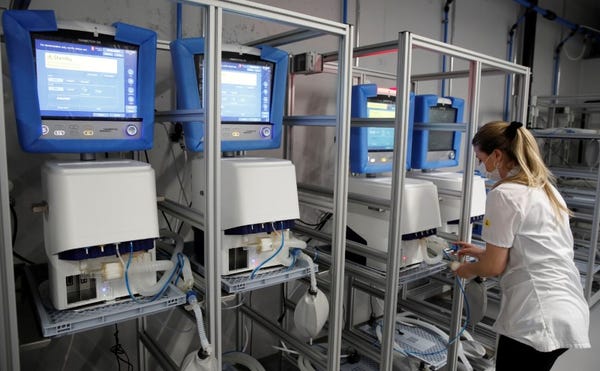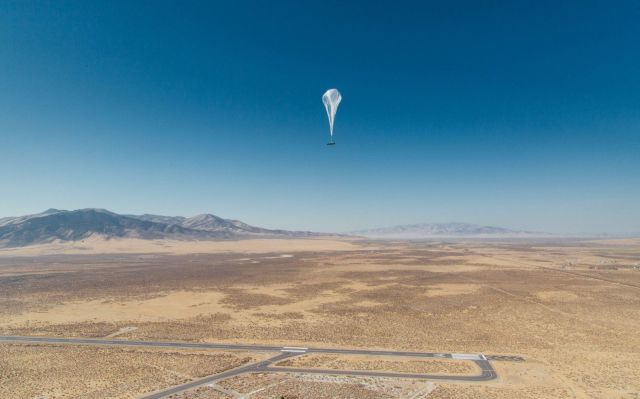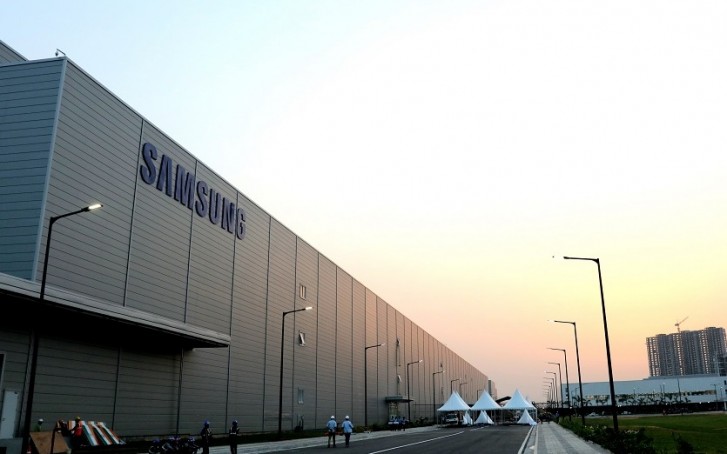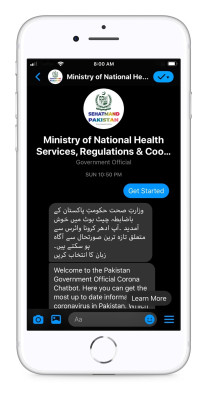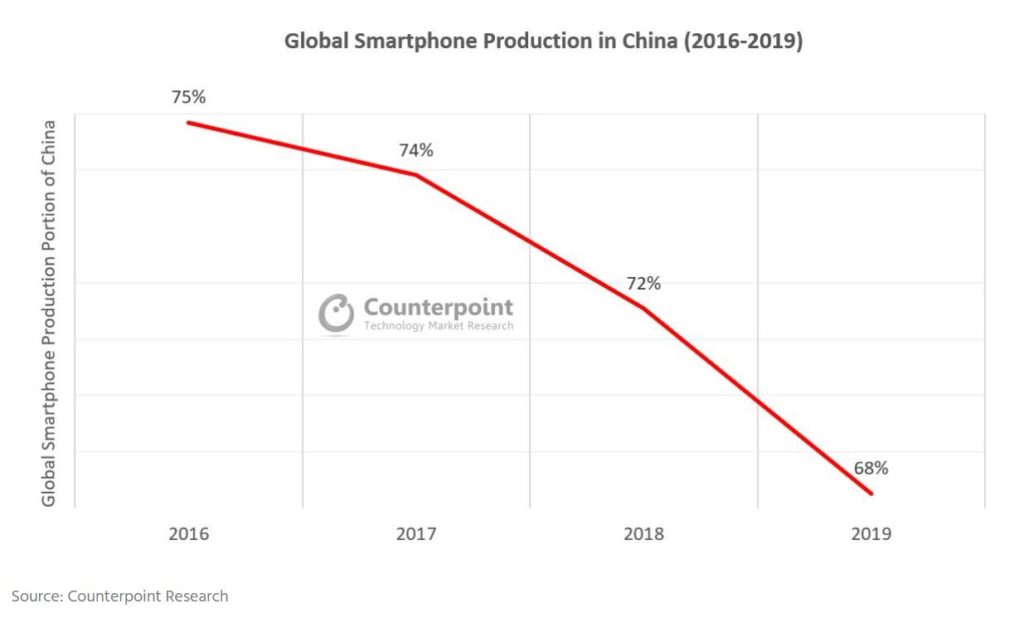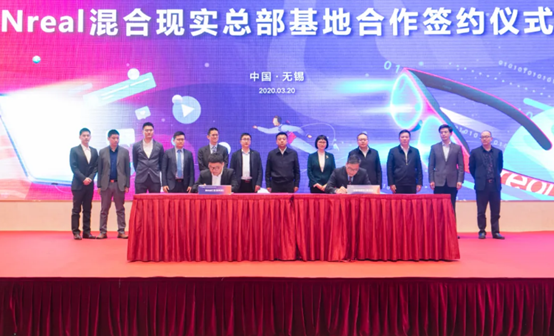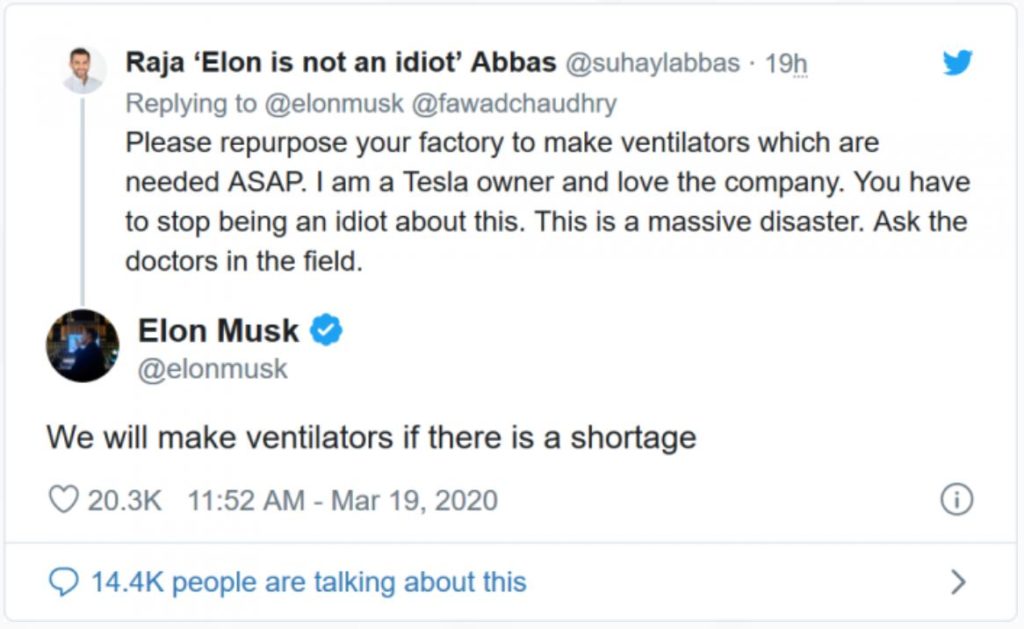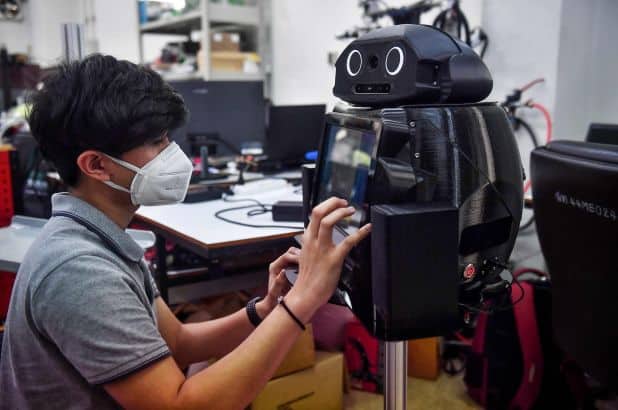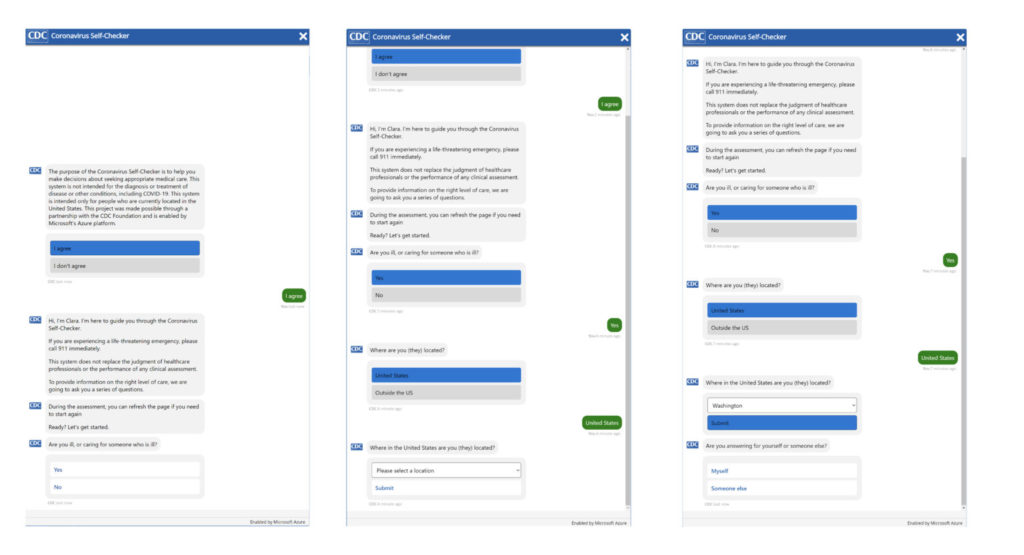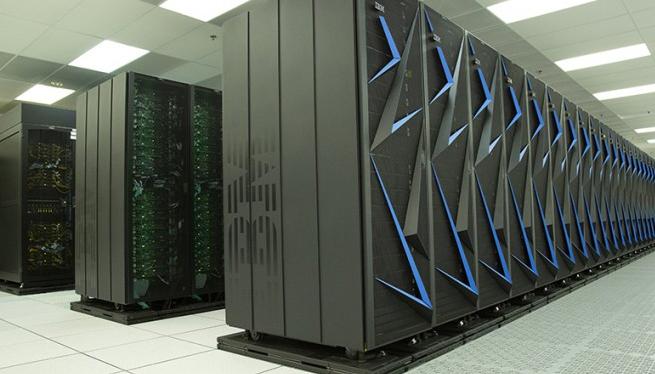
3-24 #Stayathome:OPPO、vivo以及三星其各自的大诺伊达工厂停产;通用汽车FCA特斯拉生产口罩制造呼吸机;等
晶片
据Counterpoint Research的研究,三星电子在2019年超越苹果,在全球移动应用处理器 (AP) 市场中排名第三。制造Exynos芯片组的三星在2019年占全球移动AP市场的14.1%,增长比2018年提高2.2个百分点。(Phone Arena, Sam Mobile, Korea Herald)
为应对新冠病毒导致的COVID-19疫情的解决方案,美国政府、工业和学术界做出了共同的努力,比如向研究人员提供来自IBM的全球顶级超级计算机、以及亚马逊 / 微软 / 谷歌等企业的云计算资源的访问。高性能计算联盟表示,这一扶持政策旨在研究如何控制疾病的蔓延、以及开发潜在的药品。(LLNL, CNET, Live Mint, CN Beta)
相机
天风证券分析师郭明錤预测,苹果新款2H21 iPhone的后置长焦镜头自6P升级为7P。支持传感器移位/采用1 / 1.9”与7P镜头的机种增至2或3个。(GSM Arena, 9to5Mac, TF Securities)
谷歌为其Android Go系列入门级手机推出一个新的Camera Go应用。 Android Go于2年前首次亮相,当时它是旨在在低端设备上运行的精简版Android,现在已在1亿台手机上运行。 Camera Go已与手机的操作系统深度集成,而不仅仅是顶部的照片过滤功能。谷歌为将肖像模式引入价格低至50美元的手机而感到特别自豪。(GizChina, 9to5Google, The Verge, Google)
存储
华为制造存储卡NM。 以其广泛的存储产品而闻名的著名公司Lexar刚刚发布了3种新的NM卡-64GB,128GB和256GB。 它们拥有90MB / s的读取速度和70MB / s的写入速度。(GizChina, JD.com)
电池
2017年,苹果首次宣布AirPower无线充电板,但2019年3月被苹果取消。现传苹果的AirPower再次处于活跃状态,而且苹果已经开始制造AirPower的原型产品。(CN Beta, Apple Insider)
通信连接
Alphabet的互联网传递气球服务Loon终于获得了肯尼亚政府的批准。 为了帮助在冠状病毒大流行期间改善沟通,肯尼亚总统Uhuru Kenyatta快速跟踪了Loon及其合作伙伴肯尼亚电信 (Telkom Kenya) 正在等待的监管批准。 Loon希望在 “不久的将来” 开始为肯尼亚的偏远地区提供服务。(Engadget, Medium, Financial Times)
Phone
According to Strategy Analytics, global smartphone shipments has tumbled a huge 38% annually from 99.2M units in the month of Feb 2019, to 61.8M in Feb 2020. Smartphone demand collapsed in Asia in Feb 2020, due to the Covid-19 outbreak, and this dragged down shipments across the world. (Strategy Analytics, Business Wire, GSM Arena)
Samsung and LG have suspended their factories in India following requests from local government to contain the spread of the COVID-19 coronavirus. Samsung will shut down its smartphone factory at Noida, based in the northern state of Uttar Pradesh, from 23 Mar till 25 Mar. The factory produces 120M units per year. LG will also shut down its home appliance factory at Noida, and another at Pune, until the end of Mar 2020. (GSM Arena, ZDNet, Sam Mobile)
OPPO, vivo and Samsung have stopped production at their respective India’s Greater Noida factories, and will meet the Uttar Pradesh government officials tonight to discuss future course of action as the government announces a lockdown due to the outbreak of COVID-19. (Laoyaoba, Hindustan Times, India Today, Economic Times)
Facebook has launched a global programme to connect government and UN health organizations with developers to “help them use Messenger most effectively to share timely and accurate information, and speed up their responses to concerned citizens”. Facebook also unveiled a partnership with hackathon platform Devpost to encourage developers to build messaging features which address issues including social distancing and providing trusted information. (CN Beta, VentureBeat, Facebook, TechCruch, Mobile World Live)
China is losing luster as the world’s smartphone factory. This is highlighted by recent dynamics within the supply chain and production ecosystem, which has been steadily shifting abroad as rising costs, trade tensions with the US, and a re-prioritization of other consumer markets make China less attractive as a production base. This has pressured vendors to consider other options, and India and Vietnam have come to the fore. India in particular has gained, with its ‘Make in India’ policy enticing many vendors to expand there. (Counterpoint Research)
Google Stadia, in partnership with Unity Technologies, has announced a new self-publishing program for indie devs called Stadia Makers. Google has clarified that it is specifically looking for indies who are building their game on Unity 2019.3 or later and expect to ship in 2020 and 2021. (CN Beta, The Verge, Neowin, Stadia)
Shipments from ODM (Original Design Manufacturer) / IDH (Independent Design Houses) companies grew by 4% annually in 2019 against the declining trend in the overall smartphone market (-2% YoY), according to Counterpoint Research. ODM growth was mainly driven by rising orders from Samsung, OPPO / realme, Xiaomi and LG. However, Huawei has cut orders to ODMs, shifting its strategy towards an ‘in-house design, out-sourced manufacturing’ business model”. (Counterpoint Research)
ZTE Axon 11 5G is announced – 6.47” 1080×2340 FHD+ AMOLED, Qualcomm Snapdragon 765G, rear quad 64MP-8MP ultrawide-2MP macro-2MP depth + front 20MP, 6+128 / 8+128 / 8+256GB, Android 10.0, under display fingerprint ,4000mAh 18W, CNY2,698 (USD380) / CNY2,998 (USD420) / CNY3,398 (USD480). (CN Beta, Android Central, GSM Arena, ZTE)
Redmi Note 9S is announced in Malaysia – 6.67” 1080×2400 FHD+ IPS HDR10, Qualcomm Snapdragon 720G, rear quad 48MP-8MP ultrawide-5MP macro-2MP depth + front 16MP, 4+64 / 6+128GB, side fingerprint, 5020mAh 18W, MYR799 (EUR165) / MYR899 (EUR190). (GSM Arena, GSM Arena)
Augmented / Virtual Reality
Beijing-based Nreal has agreed to build a base for mixed reality glasses in Wuxi National Hi-tech District (WND). The company will spend over CNY2B (USD281M) building a production center and R&D center covering an area of 20,000m2 in WND. It will include 6 core optical machine production lines and complete machine production lines. It is expected to produce 1M sets of the glasses in 2020. (Laoyaoba, China Daily)
Automotive
General Motor (GM) and Ventec Life Systems, in cooperation with StopTheSpread.org, the nation’s coordinated private sector response to the COVID-19, are collaborating to enable Ventec to increase production of its respiratory care products to support the growing fight against the COVID-19 pandemic. (Neowin, General Motor)
Fiat Chrysler Automobiles has announced that it will start manufacturing face masks in the coming weeks and donate the critical medical equipment to first responders and healthcare workers. The production capacity is being installed at one of its factories in China. It is targeting production of 1M masks per month within weeks. (TechCrunch, Motley Fool, RTI)
Tesla has revealed that it would probably take 8–10 weeks to get ventilator production started at their factories. Tesla also will provide medical institutes 250K N95 masks. (CN Beta, TechCrunch, Clean Technica)
Robotics
Some hospitals in Thailand are using so-called ‘ninja robots’ to overcome the COVID-19 epidemic. These robots were originally designed to monitor the rehabilitation of stroke patients. They are now being re-used to monitor fever patients, reducing the burden on front-line doctors to control the spread of the virus. (GizChina, BGR, RFI, IT Home)
Artificial Intelligence
The U.S. Centers for Disease Control and Prevention (CDC) has introduced a bot to help people make decisions about what to do if they have potential symptoms of COVID-19. Called Clara, the “coronavirus self-checker” was created in partnership with CDC Foundation and Microsoft Azure’s Healthcare Bot service. (CN Beta, Business Insider, The Verge, Microsoft, Time, TechCrunch)

